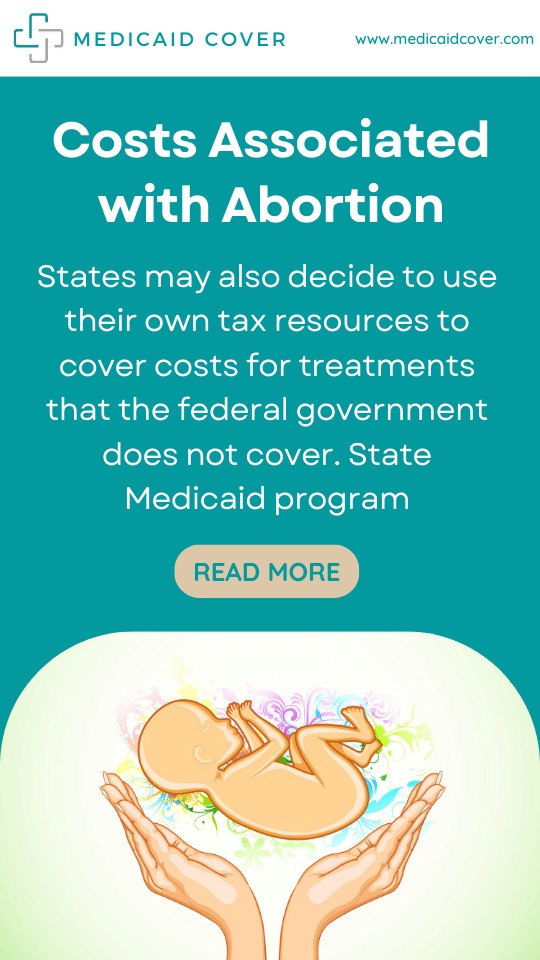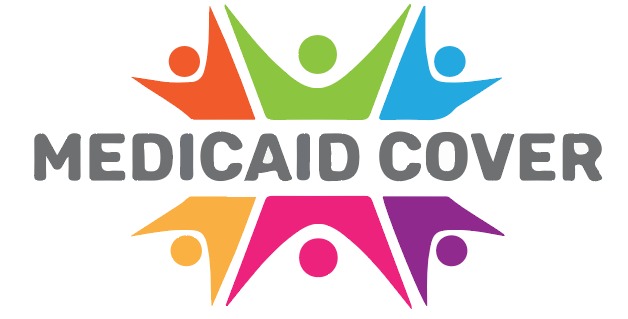Let’s dive deep to know more about abortions coverage with Medicaid. state and federal regulations, as well as insurance treatment policies for abortion, are increasingly limiting pregnancy coverage.
Medicaid covers abortion for many women seeking abortion services each year in many states without insurance. Regardless of whether the fetus is deemed to put a risk to the woman’s health or she has been the victim of rape, incest, or both.
In addition to reviewing existing Medicaid and insurance coverage laws at the federal and state levels, this article provides estimates at the national and state levels on the access to abortion coverage for Medicaid-eligible women.
Efforts to address insurance coverage for abortion services have lasted since 1973 and continue to this day. Since 1977 the Hyde Amendment prohibited federal funding for abortion and allowed only exceptions in cases involving pregnant women who cause serious bodily harm or are caused by sexual exploitation or incest.
In a recent report, the ACA introduced abortion coverage that led to increased federal legislation to restrict abortion coverage.
What Is An Abortion?
A fetus is expelled from the uterus during an abortion if it has not yet reached the viable stage in human beings. This usually takes place about the 20th week of gestation.
The abortion can happen naturally, in which case it is sometimes referred to as a miscarriage, or it can be intentionally caused, in which case it is frequently referred to as an induced abortion.
Miscarriages or spontaneous abortions can happen for a variety of causes, such as illness, trauma, a genetic abnormality, or the mother’s and fetus’s biochemical compatibility. Abortion is sometimes overlooked when a fetus dies in the uterus but is not discharged.
Read Also: Does Medicaid Cover Home Health Care?
Why Do People Need An Abortion?
A woman seldom chooses abortion for one specific reason; instead, she may feel that it is the best course of action given her particular set of circumstances for a variety of reasons.
Social aspects, including a woman’s age, marital status, present circumstances, and long-term objectives, can all influence her choice to have an abortion. Other times, a woman decides to have an abortion because of her finances, her health, or maybe because she is pressured by someone in her life.
The most crucial thing to keep in mind is that each woman will have distinct reasons for getting an abortion, and it’s hard to fully comprehend the situations that influence each woman’s decision.
Read Also: Does Medicaid Cover Vasectomy?
Disparities In Unplanned Pregnancy And Medicaid Coverage
However, the disparities between groups continue to decline due partly to the underlying systemic oppression of women. Low-income women with disabilities may experience unplanned pregnancies and abortions—and women of color have more access to Medicaid.
Since the government is refusing to provide abortion coverage, the private abortion fund helps the patients get services. However, these organizations can no longer satisfy patients’ financial demands.
Hyde Amendment
The Hyde Amendment was passed in 1976. It was a provision for the department of labor and health services. This amendment prohibits abortion funding by the federal government. Except for rape, incest, and life endangerment.
However, because the Hyde Amendment forbids federal financing for abortion, most states’ Medicaid and other public programs do not allow their participants to use their health insurance to pay for abortion services.
The Hyde Amendment and associated abortion coverage limitations must be repealed for health insurance to provide coverage for abortion, regardless of whether it is public or private and regardless of where a person resides.
Costs Associated With Abortion
Medicaid is a shared program supported by the federal and state governments, whereas the federal government only pays for abortions in situations of life endangerment, rape, or incest. In most cases, the state government covers the remaining costs of processes while the federal government covers a portion of them.

States may also decide to use their tax resources to cover costs for treatments that the federal government does not cover.
State Medicaid programs are not in any way bound by the Hyde Amendment or prohibited from providing coverage for abortions. As a result, individual states have the discretion to support abortions with tax money from their citizens, and many do.
$1,195.9 is the average price after 20 weeks for abortion. Additional non-medical expenses like travel, child care, and housing are frequently the responsibility of the patient.
For every woman with a salary on the expensive side of Medicaid eligibility in the states that uphold the Hyde Amendment restrictions. Funding an abortion at ten weeks pregnant women would consume about a third of her monthly family income.
Her monthly income would be over 90% wiped off if she had an abortion at 20 weeks.
A $500 or more unexpected price is often too much for women and families to bear. One-fourth of individuals said they had skipped getting medical treatment the year prior due to the high expense.
Medicaid Coverage For abortion
The Affordable Care Act made abortion more difficult to obtain, reducing insurance coverage for abortion, and reducing the number of abortions that were denied by federal law. One major restriction, in particular, is the Hyde Amendment.
It was first introduced in 1977 and aimed specifically at repealing a provision that allowed the federal government to pay for abortions under Medicaid except in cases of rape or serious bodily injury.
Applying For Medicaid For Abortion
You may apply by phone or mail for Medicaid in the majority of US States if you meet the requirements. However, it’s advised that you arrive at the office early and submit your application in person.
- As you submit your application, you should have faith in your eligibility for Medicaid and be aware of your legal entitlement to coverage for abortions.
- Your passport or birth certificate will likely be required if you need to show proof of your US citizenship.
- You should be aware that Medicaid eligibility is frequently determined using federal poverty laws.
- In that instance, you won’t be eligible for coverage unless the pregnancy poses a risk to your health or was brought on by incest or rape.
Abortion Procedures Medicaid Pay For
-
Abortion pill
The most popular clinically validated method of abortion is the abortion pill, commonly known as a medical abortion since it is affordable.
To end a pregnancy, this method requires two medications, Cytotec (misoprostol) and Mifeprex (mifepristone).
-
Aspiration Of A Vacuum
Only the first trimester or the beginning of the second trimester can be used for a vacuum aspiration.
After administering medications to numb the cervix, the doctor will implant a tube that will suck the fetus out of your body.
-
Evacuation And Dilation (D&E)
The cervix is first given anesthesia to make it numb, and then the cervix is opened with a dilator. The doctor next inserts a tiny tube and attaches the line to a suction device to remove the contents of the uterus.
Private Funds For Abortion
Although these groups’ financial support makes abortion more affordable for several women, it might also cause delays in treatment. Women were more advisable to have scheduled the visit over two weeks in advance.
Such delays may be brought on by qualification testing as well as other administrative complications related to applying for financial assistance out of an abortion fund, healthcare, or other private and community sources.
Also because the administration has stepped down its duty by refusing to cover abortions, private abortion funds assist patients in obtaining services. The requirements of the sick, however, cannot be adequately met by these groups.
Conclusion : –
In the United States, a large number of abortions are carried out annually. Although Medicare is frequently thought of as a benefit for persons over 65 who are probably past childbearing age, many people under 65 qualify for it because of impairments.
If particular conditions and requirements are satisfied for coverage, Medicare benefits may include coverage for abortions.
Frequently Asked Questions
Does Medicaid in New York State Cover Abortion?
Medicaid eligibility for citizens in the state of New York is determined by household income. The annual income of a one-person household cannot exceed $15,800. Medicaid eligibility requires two-person families to earn no more than $21,307 annually, and a four-person home to earn no more than $32, 319.
Exactly what is presumed eligibility?
In rare circumstances, Medicaid eligibility may be assumed, allowing you to receive coverage right away. However, you must contact your Medicaid provider and finish a screening form to receive presumed eligibility.
You will be required to supply certain information throughout the screening process, such as your age, household size, income, and place of residence.

